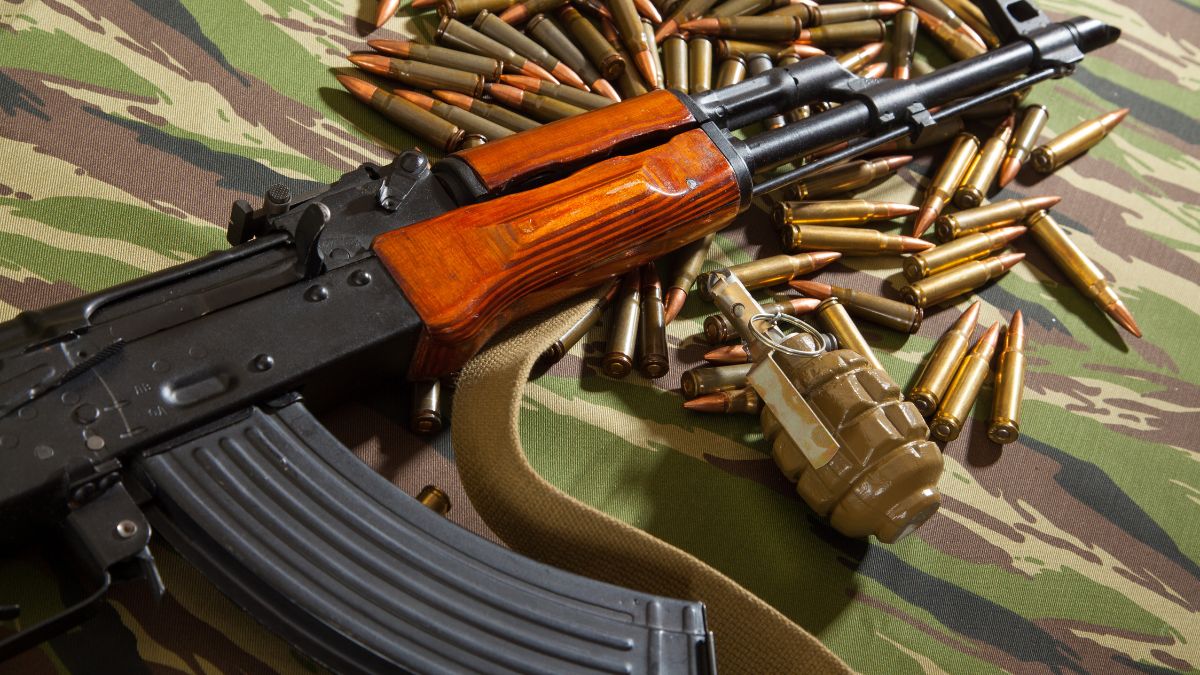Muridke, a town in Pakistan’s Punjab province, has long been regarded as the nerve centre of Lashkar-e-Taiba (LeT), one of the most dangerous terror outfits in South Asia. The sprawling Markaz Taiba complex at Muridke serves as the headquarters of the group, providing cadre housing, weapons depots, training blocks, and indoctrination facilities.
Intelligence dossiers describe Muridke as far more than a base camp — it is the ideological and operational alma mater of LeT. Each year, nearly 1,000 recruits undergo training at the facility, which covers arms handling, intelligence-gathering, and radicalization courses. The site has produced cadres not just for Kashmir operations but also for global jihadist activities.
Muridke’s significance is highlighted by its direct links to major terror attacks. At the behest of Pakistan’s ISI, all the perpetrators of the 26/11 Mumbai attacks, including Ajmal Kasab, were trained here. Conspirators like David Coleman Headley and Tahawwur Hussain Rana also visited the facility alongside senior LeT commanders such as Zaki-ur-Rehman Lakhvi.
The complex itself has been shaped by international terror financing. Osama Bin Laden is believed to have funded Rs 10 million for building its mosque and guesthouse, underscoring its global jihadi connections. In recent years, despite repeated international scrutiny, Muridke has remained central to LeT’s survival and regeneration.
India’s Operation Sindoor on May 7, 2025, marked a rare direct strike on the facility, reducing large parts of it to rubble. Yet, intelligence inputs confirm Pakistan has already allocated funds to rebuild Muridke, exposing its double standards on counter-terrorism.
For Lashkar-e-Taiba, Muridke is not just a headquarters — it is the heart of recruitment, training, and command, making it the most vital asset in the group’s quest to sustain cross-border terror operations.


